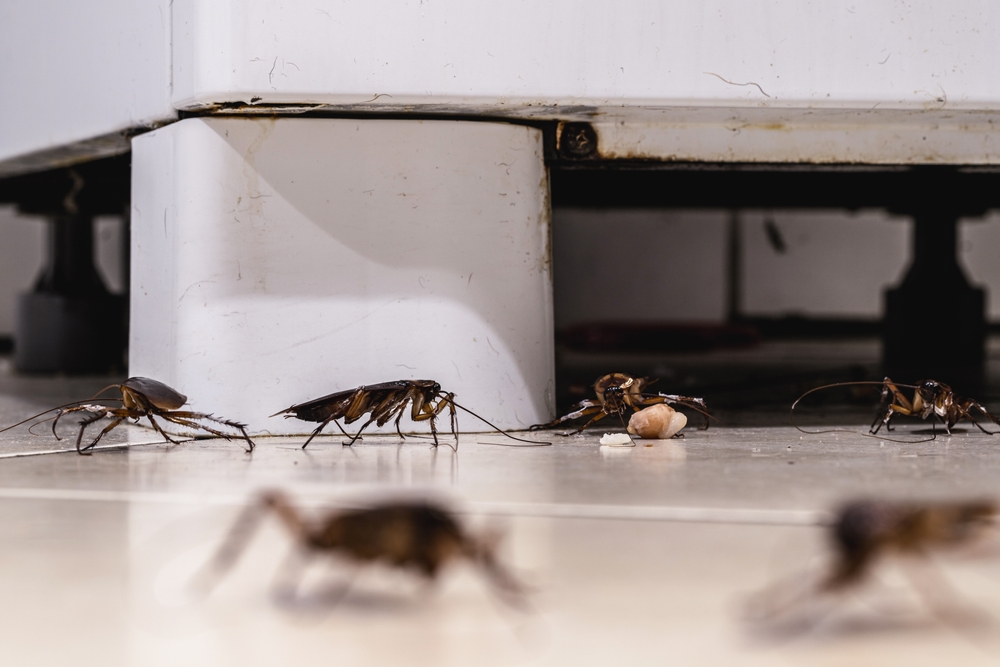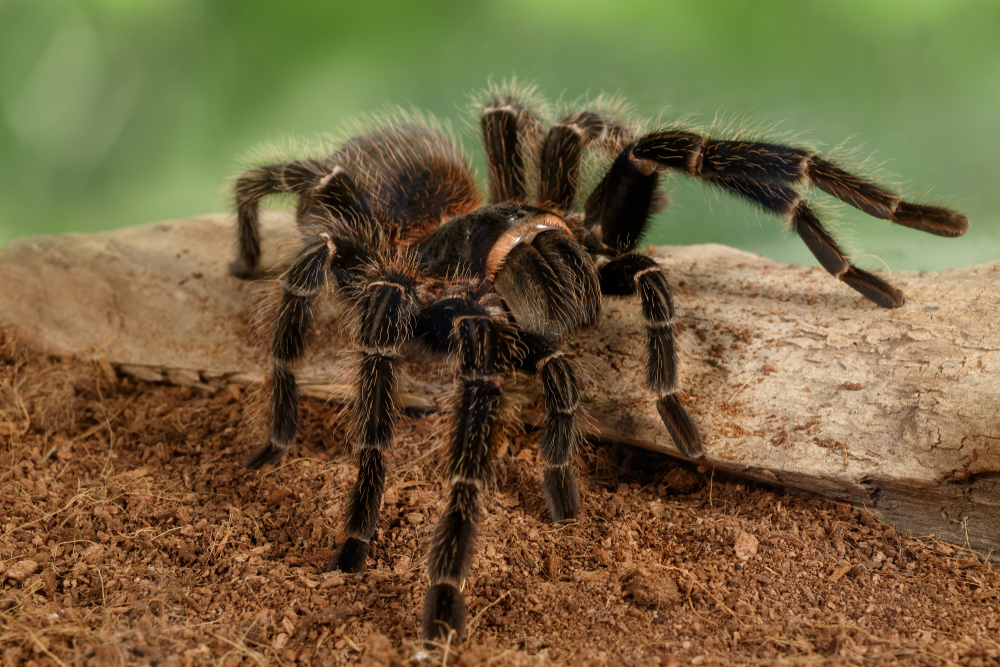What’s the misunderstood wild animal we fear most?
Cats and dogs may rule the internet, but certain misunderstood wild animals dominate our nightmares! Researchers in the Czech Republic have ranked the wild creatures we fear most in a recent online survey. As most of us know, animal phobias comprise some of our most severe mental fears.
Fear is one of those bizarre drivers of human imagination. The horror movie industry has exploited this fact, many of which involve some sort of wild animal trigger. The truth is that the rush of cortisol and adrenaline, even when evoked by existentially terrifying stimuli, remains addictive, according to movie-goers.
But do all animals deserve this reaction from us? From ancient mythological depictions of animals as monsters to our modern society’s urban legends, certain animals have earned a dreadful reputation, and millions of people fear them, oftentimes without anything to back that up.
So, let’s clear the air: Here are the top 7 misunderstood wild animals we fear the most but probably shouldn’t!

Sharks
Sharks are also some of the most misunderstood wild animals that many people fear. But, realistically, you’d have more reasons to fear canines than these captivating, big fish.
While movies like Jaws have left a massive cultural mark that persists to this day, the reality is that shark attacks are pretty rare, and out of the hundreds of species of shark in the world, only about a dozen or two are prone to human attacks.
And even then, scientists suspect that it’s usually because they mistake us for their typical prey, a group people don’t fit into. Shark attacks are very irregular, and fatalities are only a small fraction of those. In 2018, for example, there were only five recorded human fatalities from sharks in the entire year, when compared to the millions of sharks destroyed by us annually.
So, the bottom line is that your chances of dying from this misunderstood wild animal are one in millions. And even that myth that sharks can smell your blood in the water from many miles away is just that: a myth!
Piranhas
Fish that swarm humans or large animals and tear them apart in mere seconds. How in the world is that not terrifying? Well, the answer is pretty simple, actually. Pop culture isn’t exactly objective about misunderstood wild animals, and it loves portraying them in the most vivid ways, often ignoring what they’re truly like.
At the same time, brutal predators with a powerful bite and sharp teeth pose little to no threat to people. They tend to show complete indifference to us. Some researchers even demonstrated this by entering piranha-infested waters in simple swimsuits.
Turns out, the fish ignored them entirely, as opposed to the bloodied meat they lowered in the water later on, which they happily chomped on. While some piranha attacks happen, many people swim around these misunderstood wild animals with no issues.
And the truth is, they’re pretty low on the food chain and have a tendency to move in groups for defense, not offense.
Snakes
I know, I know! But hear me out: Even though the fear in this case isn’t entirely baseless, snakes are certainly misunderstood and significantly so.
Often the most perilous venomous animals, or maybe the most dangerous misunderstood wild animals in general in any given location, certain species are to be feared and avoided. But, as usual, exaggeration often occurs.
While it’s true that you shouldn’t approach a wild snake, especially not if you don’t recognize the species as a harmless one, most snakes aren’t aggressive and want nothing to do with us, let alone waste their precious venom or risk their life taking down someone, something that’s not an efficient food source for them.
The fact is that even though they certainly should be approached with caution, less than a tenth of the species are estimated to be hazardous to humans.
They usually inflict a dry bite even when attacking since most generally would instead warn than poison, and with the increase in readily available antivenins, deaths from this misunderstood wild animal should drop in the future significantly.

Cockroaches
This one is a little tricky, guys. Some cockroaches, the ones we know as pests that infest our homes, are certainly worthy of any disgruntled terror and hatred. They’re the stuff of vivid nightmares of many apartment owners and sometimes a disgusting stunner in certain restaurants.
But, what many people don’t know is that these hardly represent cockroaches as a whole. Even though most folks turn their noses up at the mere mention of this misunderstood wild animal, the reality is that, of the almost 5,000 often interesting and incredibly varied species of cockroaches, only a couple of dozen are associated with our homes.
Besides this, the survivability of cockroaches is generally greatly exaggerated. While they’re certainly resilient, they’d have no chance of surviving a nuclear blast. And most don’t live for many decades either, contrary to another popular cockroach myth.
Scorpions
Another misunderstood wild animal that probably gets a harsh reaction from many people has a sizeable pincer-like pedipalp, an alien-like body, and a tail that can inflict a venomous sting. Many in warmer areas of the world fear the idea of meeting a scorpion at all, and while some might be dangerous, the truth is that most are not.
These arachnids also don’t want anything to do with us. Even though about 20 to 25 species of them are considered medically noteworthy and thus dangerous, that’s out of 1,500 species of scorpions recognized on the entire planet.
Many have a painful sting, but unless you live in an area with hazardous species or are incredibly unlucky, it shouldn’t feel worse than a bee sting. Now, you should undoubtedly avoid getting stung. But unless you come face to face with a deathstalker scorpion, the fear of one taking your life is likely uncalled for.
Poison Dart Frogs
Many people significantly misinterpret poison dart frogs. These amphibians have gained fame for the amount of poison they possess, enough to kill almost a dozen adults and generally considered one of the most toxic animals on the planet. And I agree that they’re certainly something to be afraid of should you eat one.
Otherwise, though, all those worries seem to be baseless. The popular belief that even touching these misunderstood wild animals is lethal is entirely false. And worrying about one of them jumping on a person’s skin resulting in one’s death or, as some urban legends go, causing hallucinations is entirely unwarranted.
Rough handling may result in some pain on your end. But unless a huge amount of poison can get into your bloodstream through an open wound or the frog is eaten, they’re virtually harmless. Another interesting fact, surprisingly, is that they lose their poison completely in captivity, leading scientists to believe they get their poison from their diets.
Are you as fascinated by wild animals as I am? If so, check THIS out!

Tarantulas
Massive and hairy, some of the most enormous spiders on the planet by body length and mass and only second in leg span, these misunderstood wild animals have unsurprisingly garnered a lot of media attention as real-life terrors. What many don’t know, though, is that they’re not as scary as they might seem.
While species from parts of the world that aren’t the Americas can be pretty aggressive and quick, their venom isn’t considered medically important, and many from the Americas are downright docile, popular in the pet trade, and considered gentle giants.
Although it’s obvious that they won’t suddenly become everyone’s favorite creatures, and being bitten by those fangs is undoubtedly something to evade, tarantula bites caused no human deaths recorded. All they want is to be left alone.
What are your thoughts on these misunderstood wild animals? Let me know in the comments section. And if you liked this article, you should also read about the 6 Longest Living Wildlife Animals on Earth













One Response